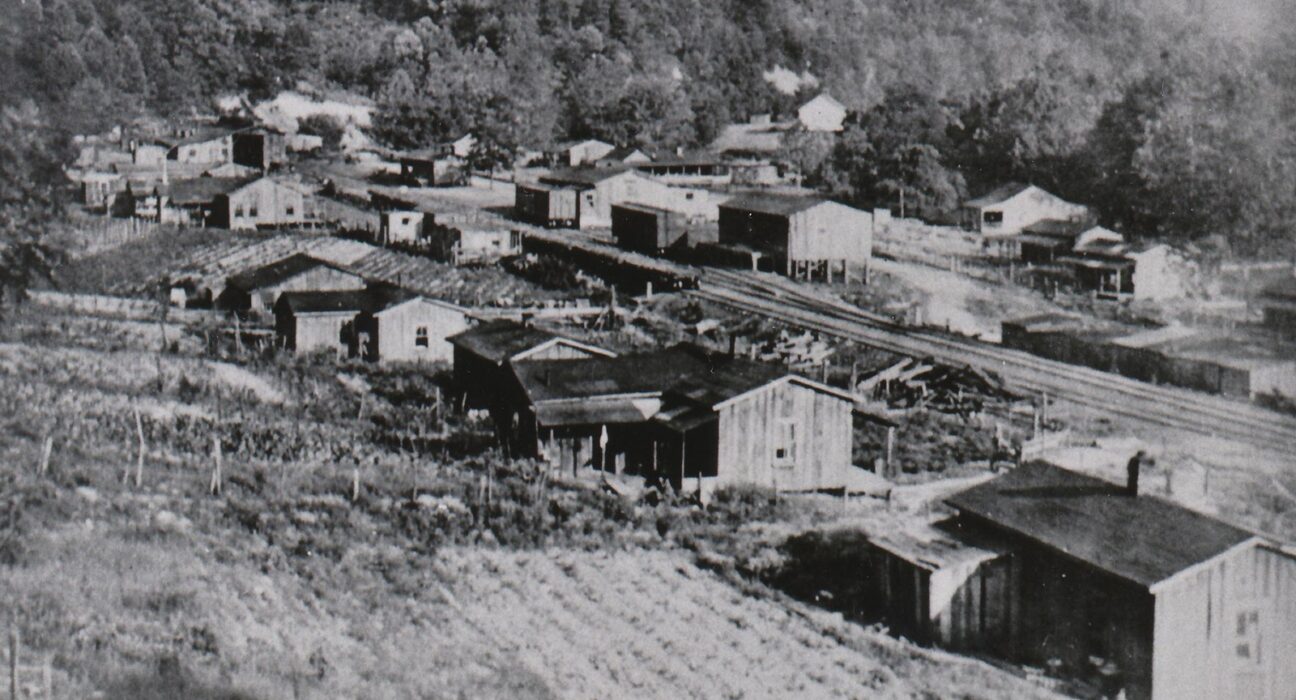Skip to content
Elkmont, Tennessee: The Hidden Ghost Town Preserved by Time and Nature
-
By
admin86
- February 7, 2025
- Comments
- 2 minutes read
- 1870 Views
- 10 months ago
Elkmont, Tennessee, is known for many things. Part of the Great Smoky Mountains National Park, it’s one of the largest and busiest campgrounds in the park, with access to Little River and Jakes Creek and the trailheads for numerous hiking trails. The stunning 80ft Laurel Falls is a short hike away. In May and June, the area is also known for one of the most exciting natural events in the Smokies: the synchronous fireflies. The event is so popular that visitors wishing to experience the phenomenon must enter a lottery, months in advance, to secure a four-hour parking spot.
For all of its charms and beauty, though, Elmont is probably best known as the abandoned town of the Smokies, a place that was once a booming logging camp and resort town for wealthy vacationers that slowly became a ghost town. Visitors can explore the town that once was, through both abandoned and preserved structures.
How Elkmont got to that point begins in the early to mid-1800s, when some of the first white settlers began to make their homes in the Smoky Mountain region. One of the first was a man named Robert Trentham who built his cabin in 1845. His son, Levi (whose cabin is one of the few remaining and preserved structures), would later inherit the land and be the catalyst for the history that follows.
During this time, many logging companies began to move into the mountains to mine the lumber abundant in the region. Sawmills and grist mills began to spring up throughout rural parts of Tennessee and North Carolina. The Trentham land was not immune to this and soon a businessman from Pennsylvania named W.B. Townsend expressed interest in the land and purchased around 80,000 acres from Levi. Townsend established the Little River Lumber Company (LRLC) in 1900 and logging began in 1901.
The town of Elkmont was established as a base for the logging company. A sawmill was built in Tuckaleechee about eighteen miles away. As the need arose for an easier way to transport materials and people between the two towns, Townsend established the Little River Railroad Company and finished laying tracks between the two in 1908. Townsend took a real interest in his business venture and eventually moved his family to Tuckaleechee. They became engaged members of the community and in 1903 the town was renamed Townsend in his honor.
As you can imagine, the railroad was not an inexpensive venture. To help pay for the expenses, the Little River Railroad Company hitched an observation car onto the regular logging train running betweeen Townsend and Knoxville, charging customers a small fee to ride. This allowed passengers to journey the two- and half-hour trip up to the mountains and back on the Elkmont Special.

As those with the financial means came into the mountains for daytime retreats, it was only a matter of time before they wanted more permanent accommodations. A year later, on February 11, 1910, the LRLC sold fifty acres of land to a group of wealthy businessmen from Knoxville called the Appalachian Club. While the club started as a way for the men to get out to hunt and fish, it wasn’t long until their families were joining them on these excursions. A clubhouse and cottages were built to make the land more family friendly.

